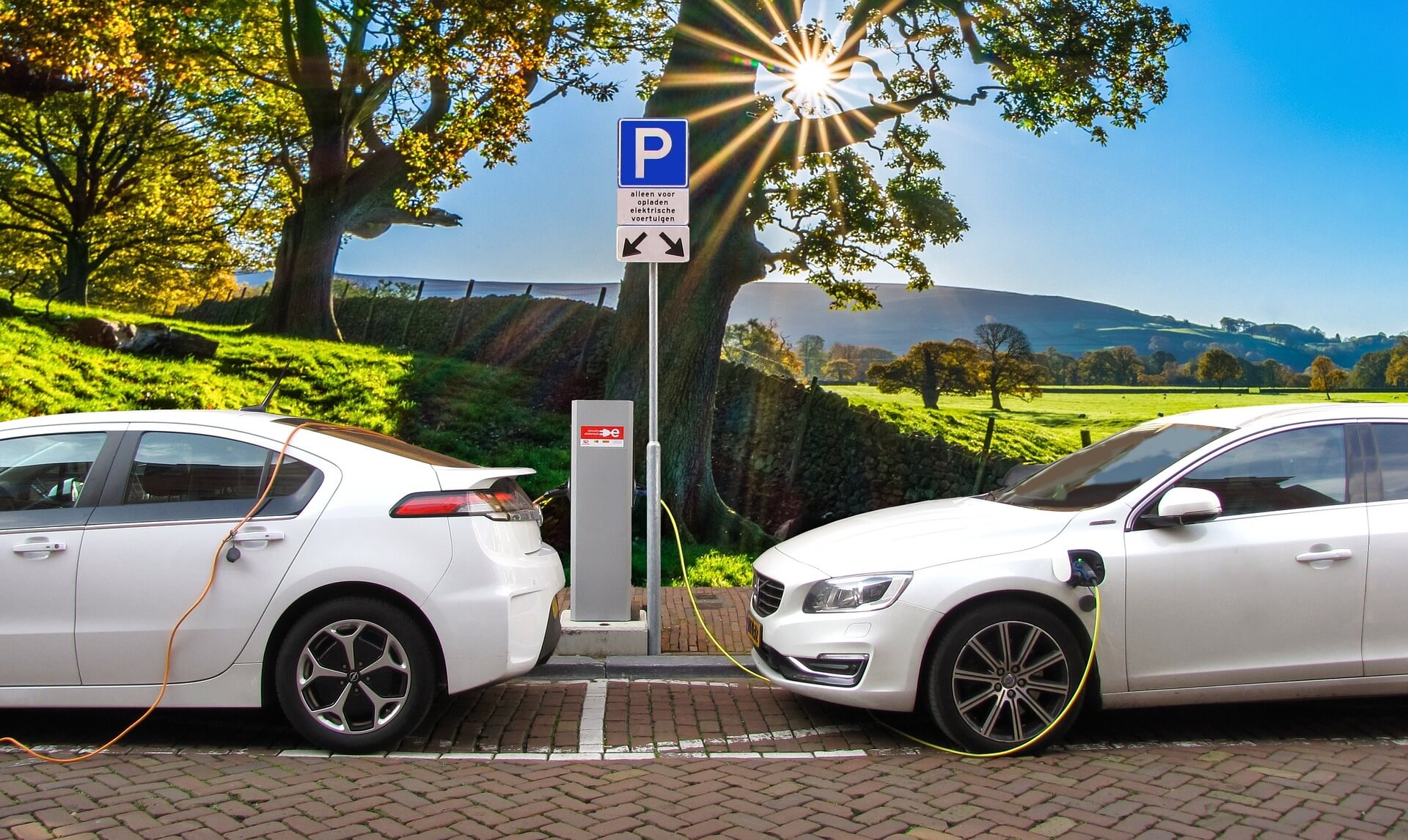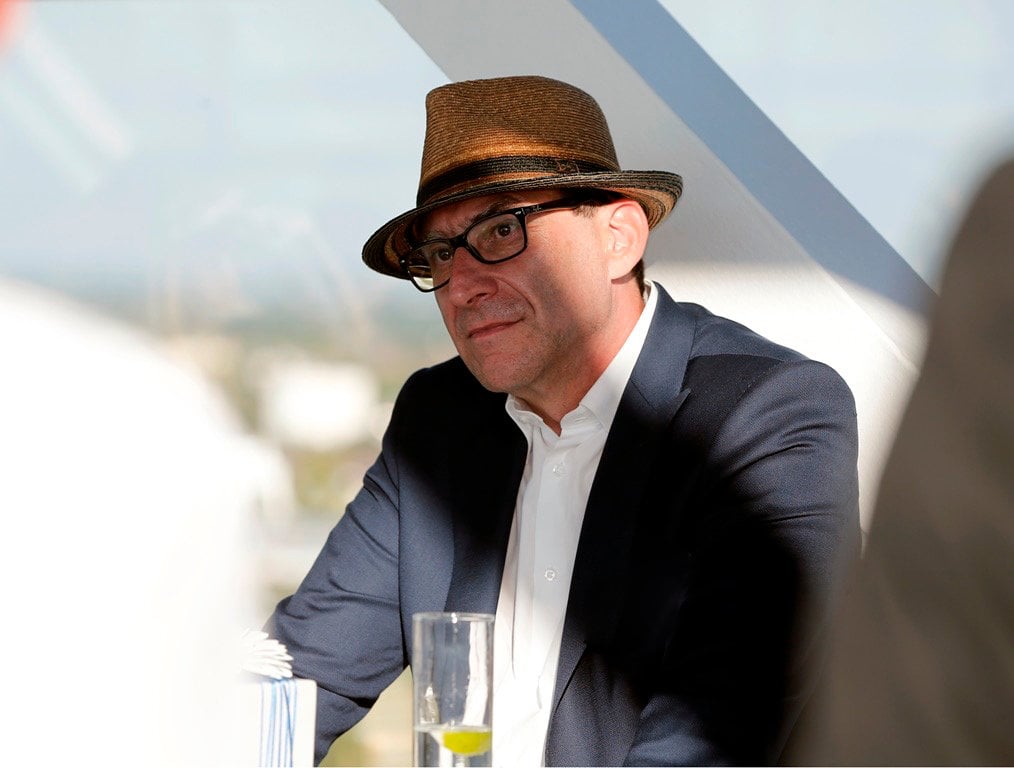
In an interview with Prof. Stefan Bratzel from the CAM (Center of Automotive Managament) in mid-July, we discussed the topic of electromobility. We observed that current electricity prices in Germany (and presumably in the future) could be rather counterproductive to electromobility and a faster ramp-up.
German energy prices – the highest in Europe – would have to drop dramatically. The ramp-up would also have to be approached “holistically.” This includes a rapid expansion of the charging infrastructure as well as preparing the electric fleet for V2X technologies, for example, vehicle-to-grid to enable intelligent energy management.
As an industry insider, Bratzel naturally has the best contacts in the executive suites of German automotive companies. His assessment that the EU’s “Fit for 55” program would even accelerate the ramp-up of electromobility is now shared by most CEOs of the traditional manufacturers. Among them are Ola Källenius of Daimler and Herbert Diess of VW. Källenius in particular recently mutated from Saul to Paul: Daimler wants to become a premium electric brand as quickly as possible.
Openness to technology
July and August are also the months when the automotive OEMs publish their quarterly results. These were consistently positive, if not surprisingly good. And that’s despite the Corona, climate and semiconductor crises that are making life difficult for companies.
Last week, Oliver Zipse, BMW CEO and ACEA board member, also presented his more than impressive numbers. He used the presentation to dish out some side-swipes at his colleagues at Daimler and VW and once again bristled at the topic of “technology openness.” “Technology openness,” it should be noted, is synonymous in Germany with the pursuit of hydrogen propulsion in passenger cars, both in fuel cells and as a component of synthetic fuels.
Both Diess and Källenius have put the hydrogen/fuel cell drive in passenger cars on hold for pragmatic reasons. They both know that there is no way around electromobility. But Daimler continues to work on two tracks in the truck sector. Hydrogen for the long haul, battery for the short distances in delivery traffic.
Zipse seems to have a different take here. For him, hydrogen means not only fuel cells but also synthetic fuels that are produced CO2-neutrally with renewable energies. These are intended to make a contribution to climate protection (and theoretically can!).
Asterix and Obelix
Of course, Zipse is not interested in how much this costs at the moment. Neither the higher manufacturing costs for fuel cell cars, the gigantic investments for a hydrogen filling station infrastructure, nor the huge energy expenditure for the production of e-fuels. His smugness during the presentation of the quarterly figures was not overlooked by the matadors of social media. Nevertheless, the shitstorm failed to materialize. Other problems are currently dominating the agenda in Germany.
But those who have always doubted the rationale of the hydrogen economy in the passenger car sector got excited on Twitter. In the hydrogen-affirming mainstream press, on the other hand, comparisons to the famous comic strip characters, Asterix and Obelix, were invoked. BMW’s attitude was compared to the invincible Gallic village, the only bulwark standing up to the Romans. As if battery-based electromobility were an aberration that only the people of Munich had recognized.
Ultimately, it is the market that will decide. If the infrastructure for H2 filling stations is not tackled vigorously, fuel cell cars do not become cheaper than battery-powered electric vehicles, and the price for the production and distribution of green hydrogen does not become more competitive, it will all be over anyway. And then Asterix, Obelix and their cronies will be finally be overrun by the Romans.
Also interesting: A positive climate future, i.e. a low-CO2 society, cannot be achieved simply by snapping one’s fingers, says Bernd Maier-Leppla
About this column:
In a weekly column written alternately by Bert Overlack, Eveline van Zeeland, Eugene Franken, Helen Kardan, Katleen Gabriels, Carina Weijma, Bernd Maier-Leppla and Colinda de Beer, Innovation Origins tries to figure out what the future will look like. These columnists, sometimes supplemented by guest bloggers, are all working in their own way to find solutions to the problems of our time.

